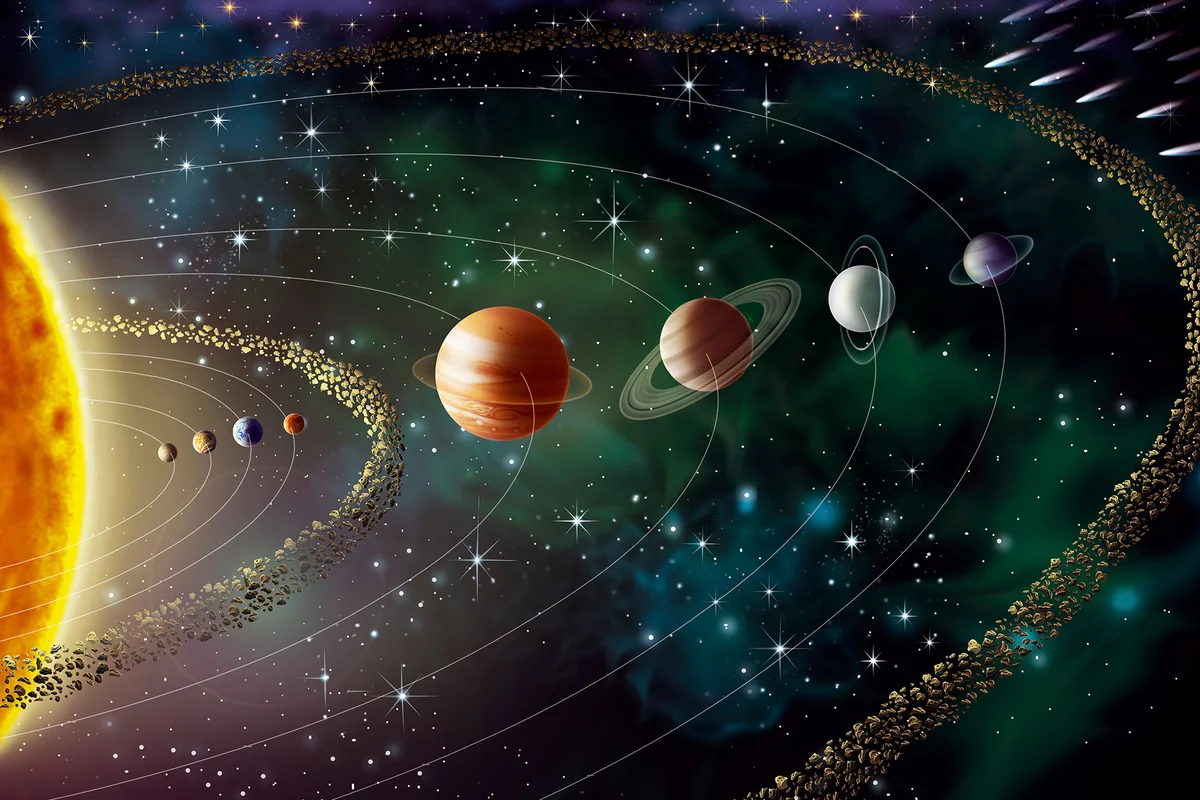Washington D.C., April 9, 2025
In a surprising twist to our understanding of planetary science, researchers have revealed that Earth’s orbit may not be as stable as once believed. A recent study published in the Journal of Planetary Dynamics has uncovered complex orbital variations that could have long-term implications for climate change, sea levels, and even life on Earth.
For decades, scientists have operated under the assumption that Earth’s orbit — governed primarily by the gravitational pulls of the Sun and Moon — follows a relatively stable elliptical path. But new simulations, based on high-resolution astronomical data and advanced computer modeling, suggest minor but consistent fluctuations in orbital shape and axial tilt that could have larger-than-expected consequences over millennia.
Key Findings from the Study:
1. Orbital Eccentricity Isn’t Constant
The Earth’s elliptical orbit is becoming slightly more eccentric — meaning it’s not perfectly circular. This could intensify the seasonal climate extremes in the distant future.
2. The Moon’s Drift Is Having Larger Effects
As the Moon slowly drifts away from Earth (about 3.8 cm per year), the gravitational stability it provides is weakening, subtly affecting Earth’s axial tilt and wobble.
3. Planetary Influences Are Greater Than Estimated
The gravitational pull of Jupiter and Venus — previously thought to have limited effects — are now believed to play a more active role in Earth’s orbital fluctuations.
4. Possible Long-Term Climate Impacts
Variations in orbital tilt (obliquity) could alter how sunlight hits different parts of the Earth, potentially triggering ice ages or extreme heatwaves over tens of thousands of years.
What Does This Mean for the Future?
While these orbital changes happen over extremely long timeframes — tens to hundreds of thousands of years — they are critical to understanding Earth’s climate history and future. Scientists use orbital patterns, such as Milankovitch cycles, to study past ice ages and project future climate scenarios. This new research indicates that those cycles might be less predictable than we thought.
Experts stress that this discovery does not pose any immediate threat, but it reshapes how we think about planetary motion and its subtle influence on life.
Quotes from the Research Team:
“Our models show that what we thought were minor orbital shifts might actually be more chaotic and irregular. This adds a new layer of complexity to understanding Earth’s climate systems.”
— Dr. Eliza Moreno, lead astrophysicist, Harvard University
“We’ve only begun to scratch the surface of how interconnected planetary forces really are.”
— Dr. Kavir Bansal, orbital dynamics expert, European Space Agency
Why This Matters Now:
As we face a rapidly changing climate due to human activity, understanding natural contributors like orbital variation helps distinguish anthropogenic effects from long-term cosmic influences. This study underscores the need for greater investment in planetary science, satellite data, and predictive climate modeling.




